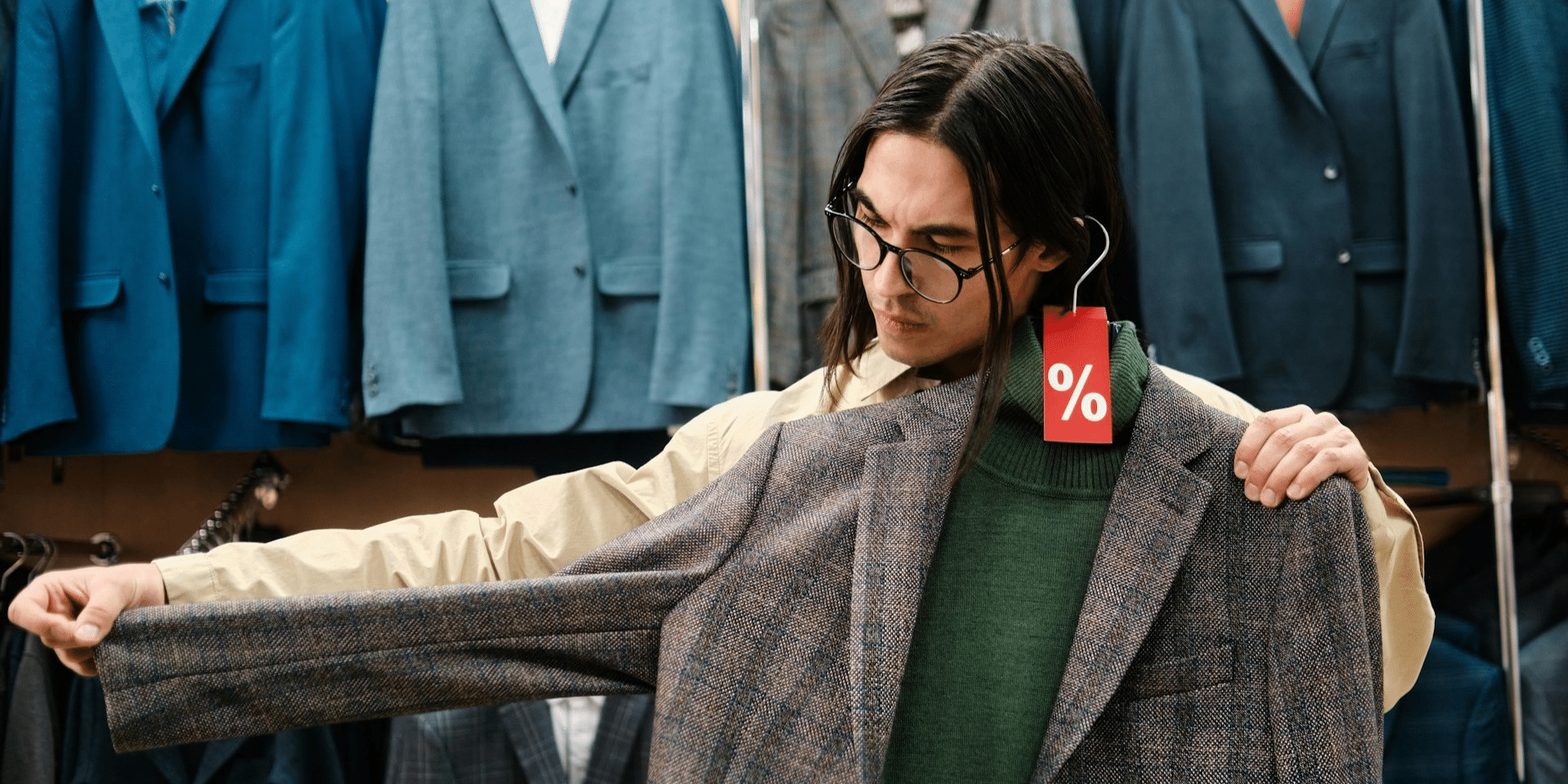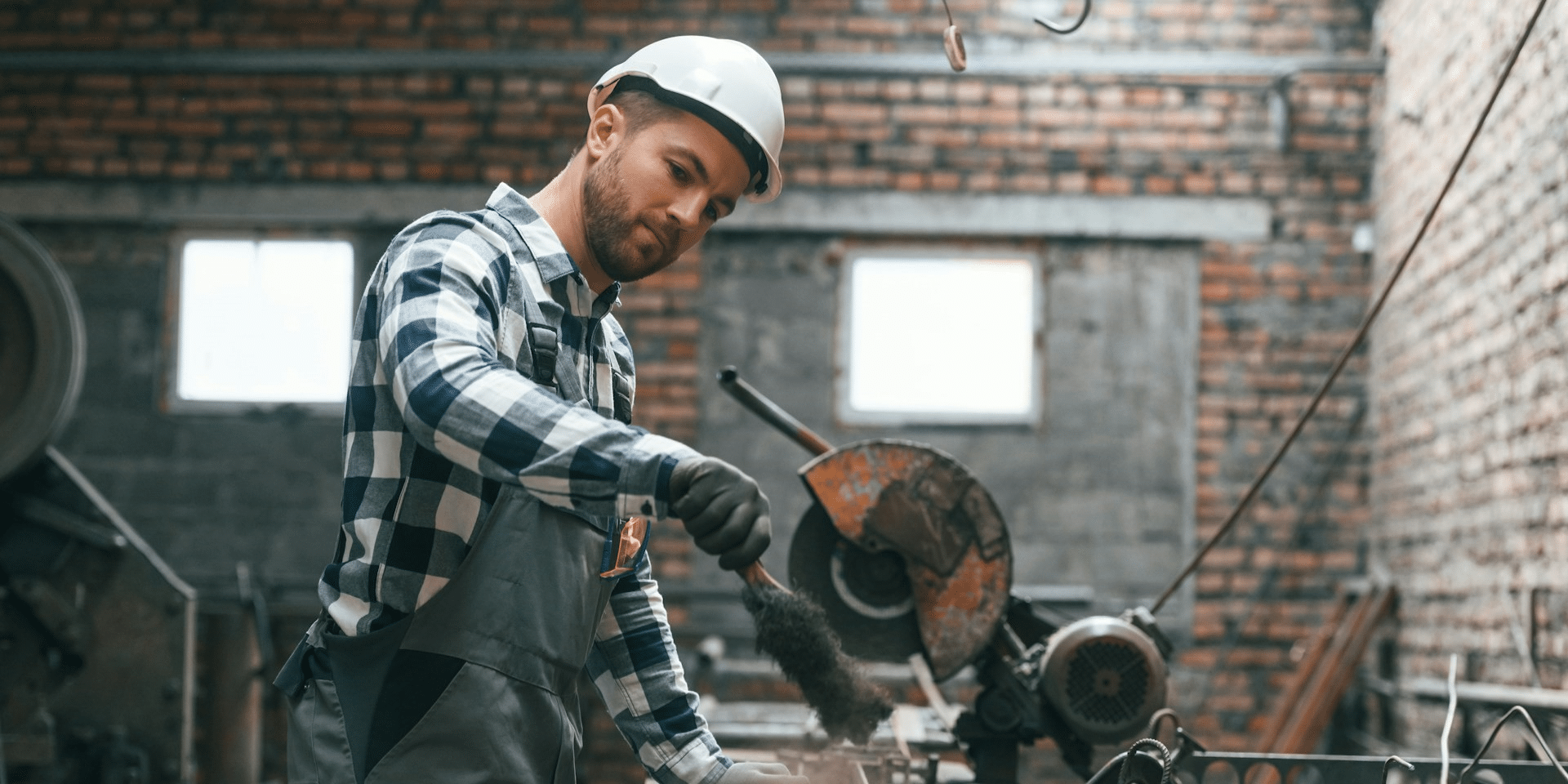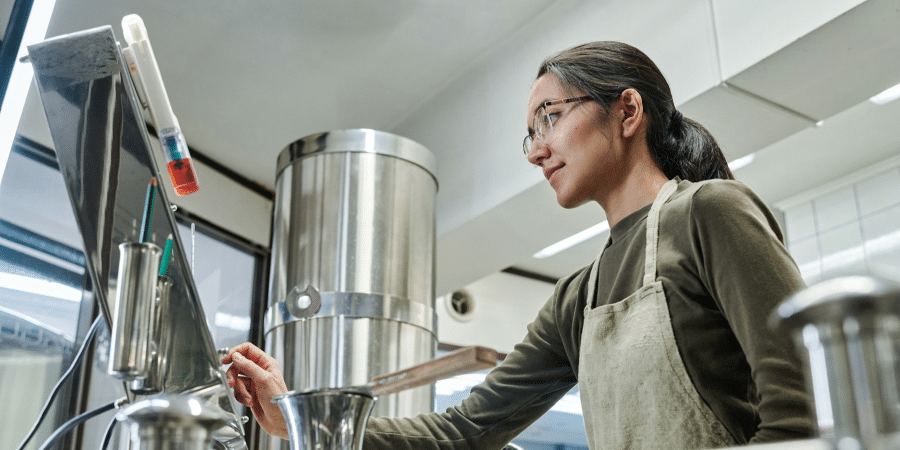Punching power has captivated athletes, coaches, and scientists for decades. The debate continues: is this explosive force a gift of genetics, or can it be honed through rigorous training? The truth lies somewhere in between, with genetic and environmental factors playing significant roles in a boxer’s punching prowess.
The Genetic Blueprint for Power
Muscle Fiber Composition: Fast-twitch muscle fibers are the powerhouse behind explosive movements. Individuals with more of these fibers can naturally deliver more potent punches. These fibers contract quickly and forcefully, making them essential for those knockout punches that can decide a match.
Bone Density and Structure: Bone density and skeletal structure are crucial in delivering powerful punches. Denser bones can absorb and transfer greater force, while an optimal skeletal alignment enhances a punch’s leverage and mechanics, contributing to more effective strikes.
Natural Strength and Coordination: Genetics can endow individuals with higher natural strength levels and superior neuromuscular coordination. These attributes are fundamental in executing precise and powerful punches, providing a significant advantage in the ring.
Training: The Great Equalizer
Even those not blessed with genetic advantages can achieve formidable punching power through dedicated training. The right training regimen can bridge the gap between natural ability and peak performance.
Training and Technique: Proper training is essential for maximizing punching power. Techniques that optimize body mechanics, leverage, and timing can transform an average punch into a devastating blow. Consistent practice and refinement are key to mastering these techniques.
Physical Conditioning: Strength training, particularly targeting the core, legs, and upper body, is vital for enhancing punching power. Exercises like squats, deadlifts, and bench presses develop the muscles necessary for powerful punches.
Experience and Skill Development: Experience in boxing or martial arts allows for the refinement of technique and timing. The more time a boxer spends in the ring, the better they can harness and apply their power, making each punch more effective.
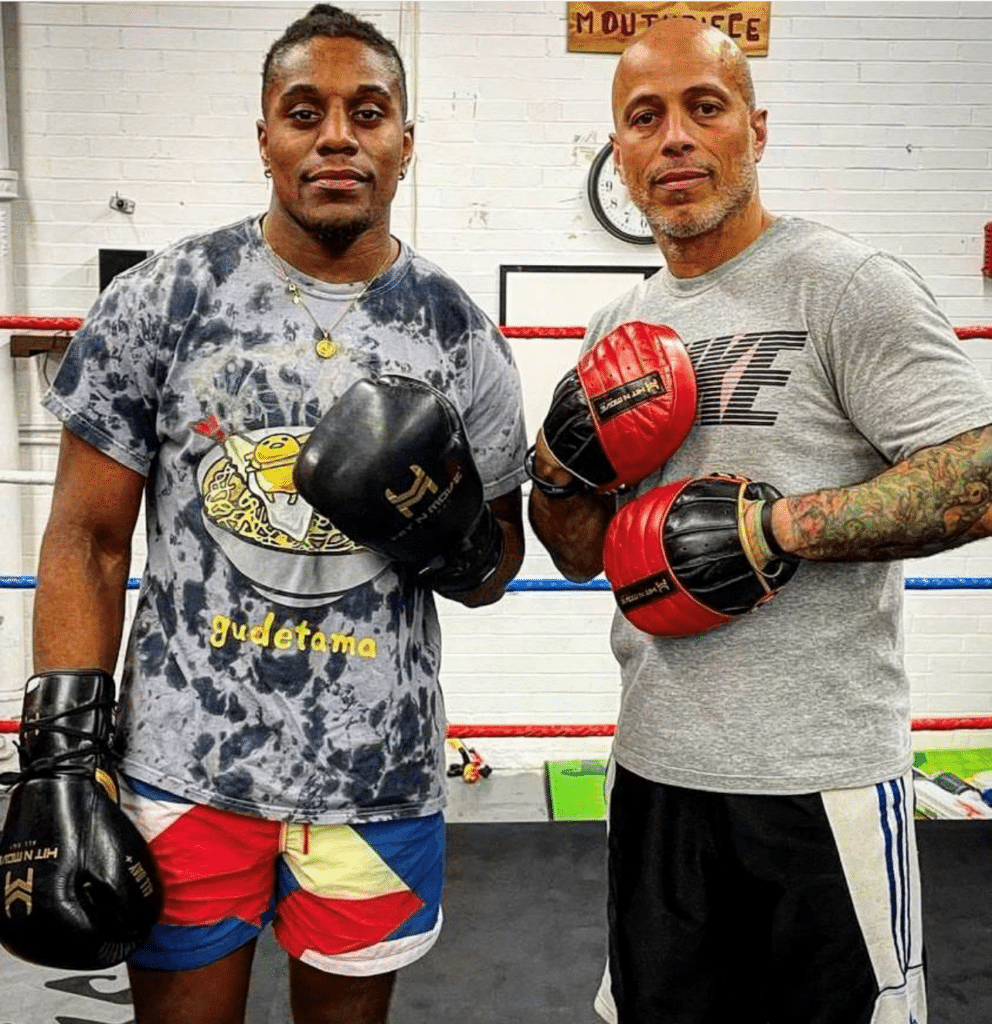
The Necessity of Training for Power
Regardless of genetic predisposition, training is crucial for maximizing punching power. Here’s why:
Significant Improvements: Focused and consistent training can produce substantial gains in punching power, even for those without natural advantages.
Technique Optimization: Training hones technique, ensuring efficient energy use to generate maximum power.
Strength and Conditioning: Building strength in the core, legs, and upper body is essential for delivering harder punches.
Speed and Timing: Training enhances speed and timing, which are critical components of powerful punches.
Consistency and Endurance: Regular training helps maintain power throughout a match, preventing fatigue from diminishing effectiveness.
Effective Training Methods
To maximize punching power, boxers should incorporate various training methods:
Strength Training: Compound exercises like squats, deadlifts, and bench presses build overall strength, which is crucial for powerful punches.
Plyometrics: Explosive exercises, such as box jumps and medicine ball throws, enhance fast-twitch muscle fibers.
Technique Drills: Drills focusing on proper form and technique, including shadow boxing and focus mitt training, are essential.
Core Work: A strong core is vital for transferring power from the lower body to the upper body.
Resistance Training: Using resistance bands and weighted gloves adds resistance to punches, improving strength and speed.
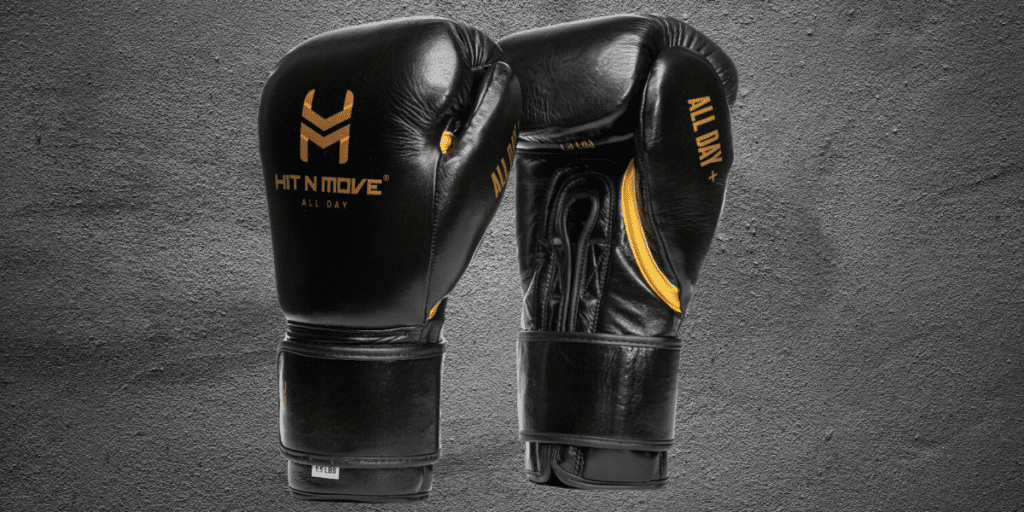
Ozhan Akcakaya’s Contribution to Modern Boxing
Ozhan Akcakaya, founder and CEO of Hit N Move, and his wife Alaina Akcakaya, the VP of Public Relations, have made notable contributions to the boxing world. One of their standout innovations is the Hit N Move 24oz gloves. These gloves are designed to offer the perfect balance of protection and power, making them an essential tool for both amateur and professional boxers. These gloves’ advanced design helps optimize punching technique and strength, highlighting the importance of combining genetic predispositions with effective training methods.
Conclusion
In conclusion, while genetics play a significant role in punching power, dedicated training and the right equipment can greatly enhance a boxer’s abilities. By understanding and leveraging genetic and environmental factors, fighters can maximize their power and performance in the ring.
Published by: Khy Talara




